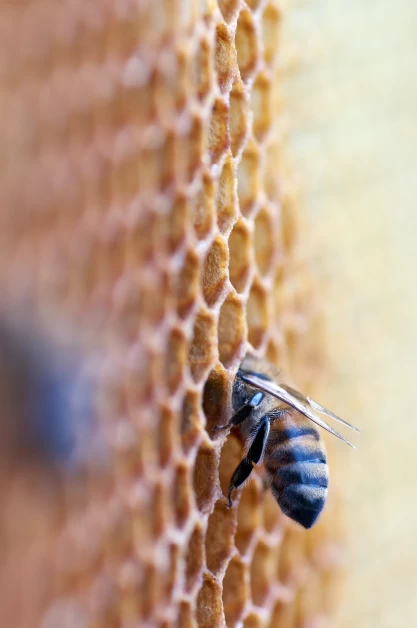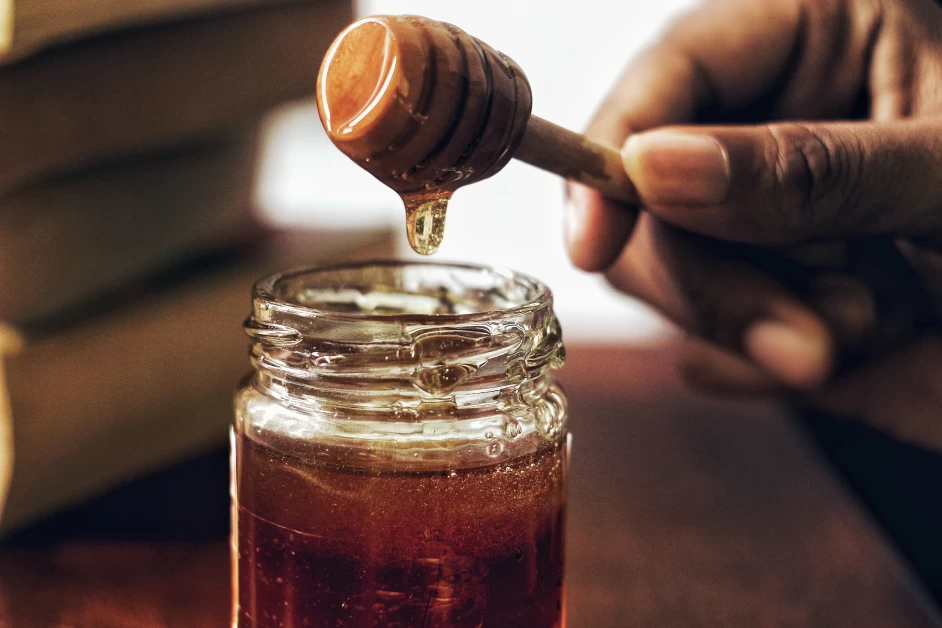Table of Contents
Manuka honey has gained popularity in recent years for its unique properties and potential health benefits. However, one thing that sets it apart from other types of honey is its hefty price tag. A jar of Manuka honey can cost significantly more than regular honey, leaving many people wondering why it is so expensive.
What is Manuka honey?
Manuka honey is a rare and special type of honey that comes from the nectar of the manuka tree, also known as Leptospermum scoparium. This tree is native to Australia and New Zealand, where it is found in abundance. The honey produced from the nectar of these trees is known for its distinctive flavor and its potential health benefits.
The rarity factor
One of the main reasons why Manuka honey is so expensive is its rarity. Manuka trees only grow in specific regions of Australia and New Zealand, and the honey can only be produced in these areas. This limited availability makes it more difficult to produce and obtain, driving up the price.
Health benefits and unique properties
Manuka honey is not your ordinary honey. It contains a powerful antibacterial compound called methylglyoxal (MG), which gives it its unique properties. This compound is formed from the conversion of dihydroxyacetone (DHA), a substance found in the nectar of the Manuka flowers.
The higher the concentration of MG in the honey, the more potent its antibacterial properties are. This is why Manuka honey is often touted for its ability to soothe sore throats, aid in wound care, and help with digestive issues. The potency of Manuka honey is measured using the UMF rating, which stands for “Unique Manuka Factor.”
UMF rating and price
The UMF rating of Manuka honey plays a significant role in its price. The higher the UMF rating, the more expensive the honey. Therapeutic grade Manuka honey, which is primarily used for wound care rather than consumption, must have a minimum UMF rating of 10+. The higher UMF ratings indicate a higher concentration of MG and stronger antibacterial properties.
To illustrate the impact of UMF ratings on the price, let’s take a look at the product listings on Amazon. Three Comvita Manuka honey products, all in an 8.8-ounce size container, have different price points based on their UMF ratings. The UMF 10+ product is priced at $26.99, the UMF 15+ at $45.68, and the UMF 20+ at $109.99.
The dark side of the industry
The high value and limited supply of Manuka honey have unfortunately led to some criminal activities within the industry. Reports of hive thefts, vandalism, and bee poisonings have surfaced as beekeepers compete for this valuable commodity. These activities not only harm the industry but also pose a threat to the bee population, which is already facing numerous challenges.
Is Manuka honey eco-friendly?
While Manuka honey may have its health benefits, its production process raises the same ethical and environmental concerns as regular honey production. Bees play a crucial role in pollination and maintaining ecosystem balance, and their well-being should be a priority. Fortunately, there are vegan honey alternatives available that are not produced by bees, providing a more eco-friendly and bee-friendly option for consumers.
In conclusion, the rarity, health benefits, and unique properties of Manuka honey contribute to its higher price compared to regular honey. The limited availability and the cost of harvesting and processing this special honey make it a valuable commodity. However, it is important to consider the ethical and environmental aspects of honey production and explore alternative options that are more sustainable and bee-friendly.


